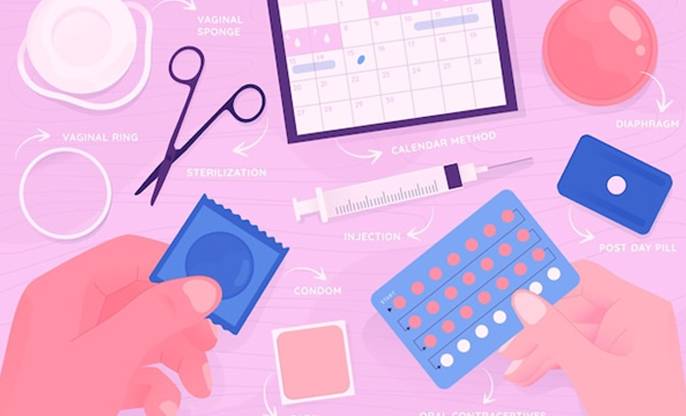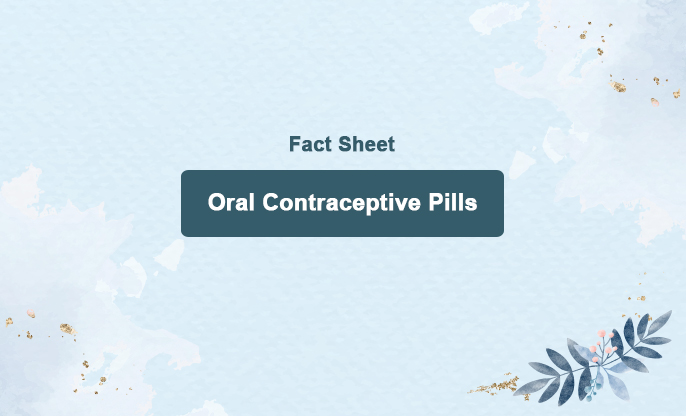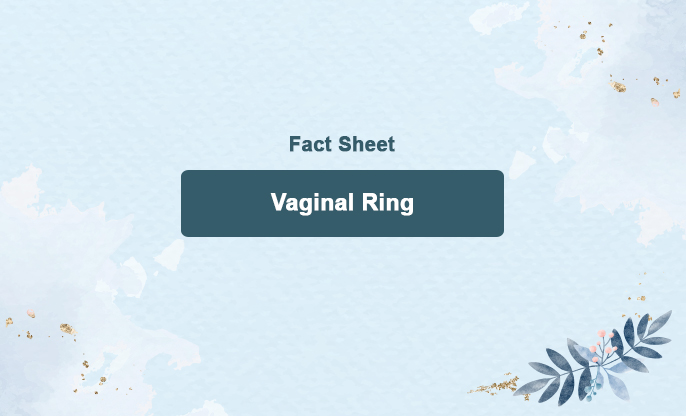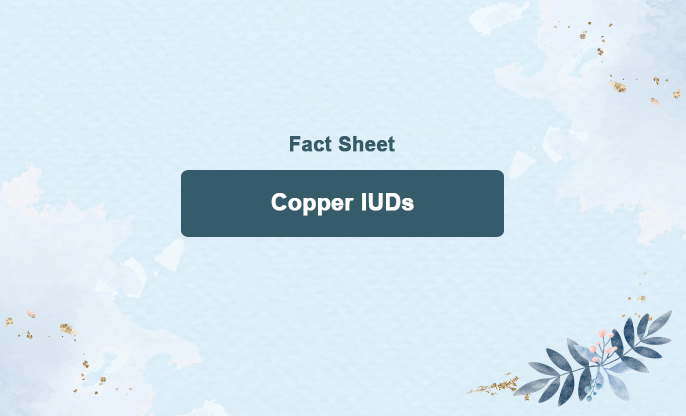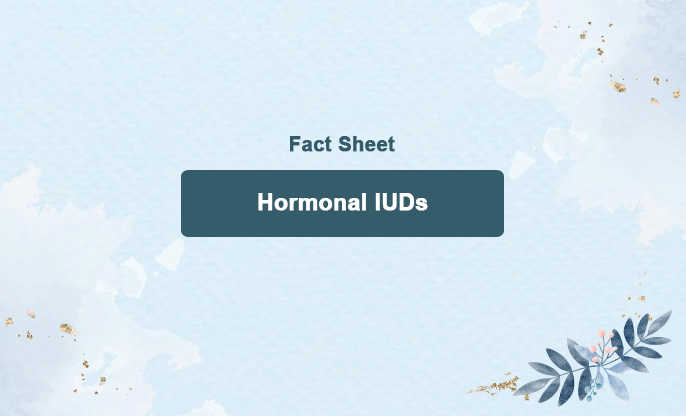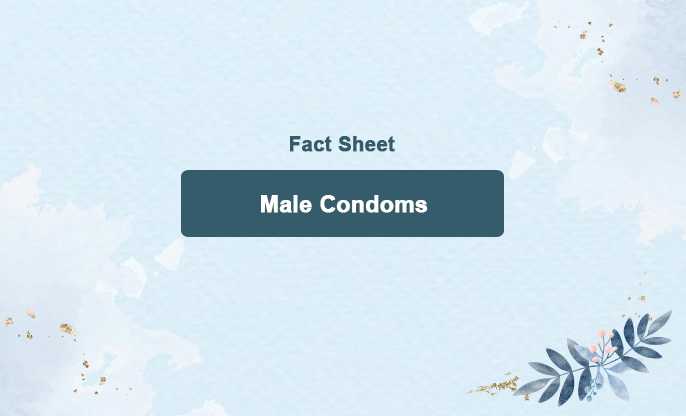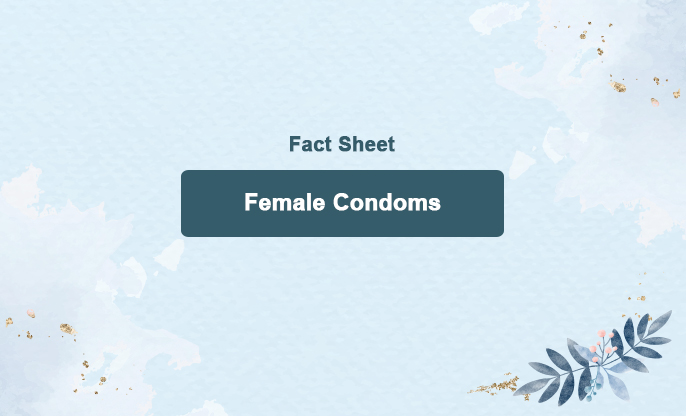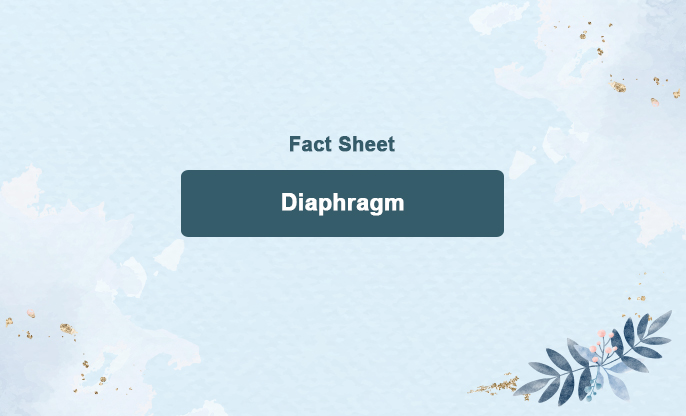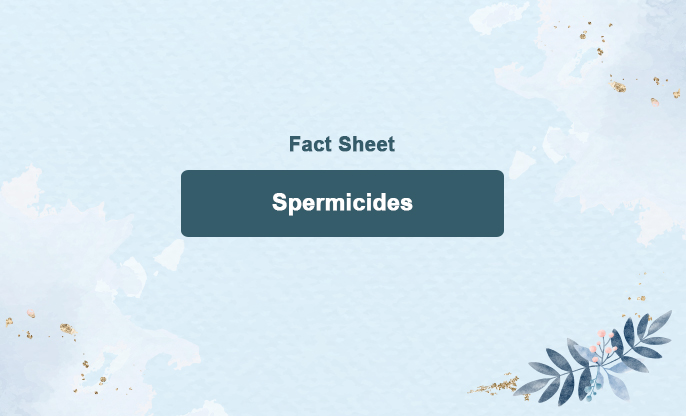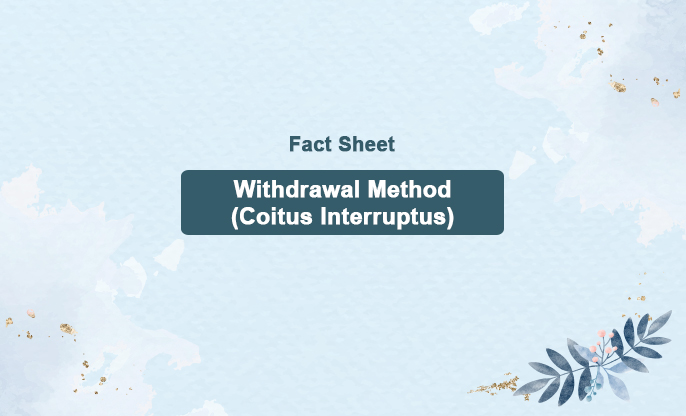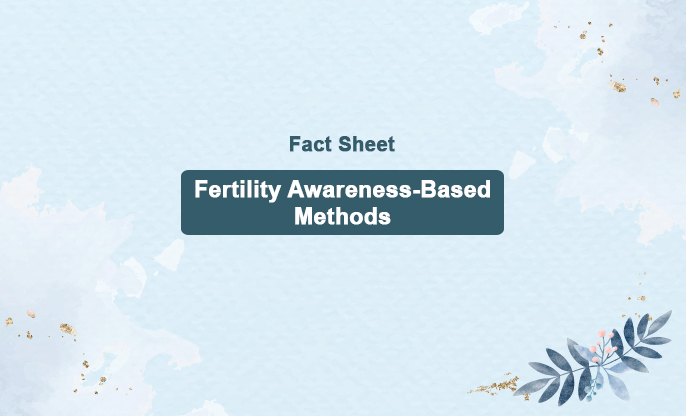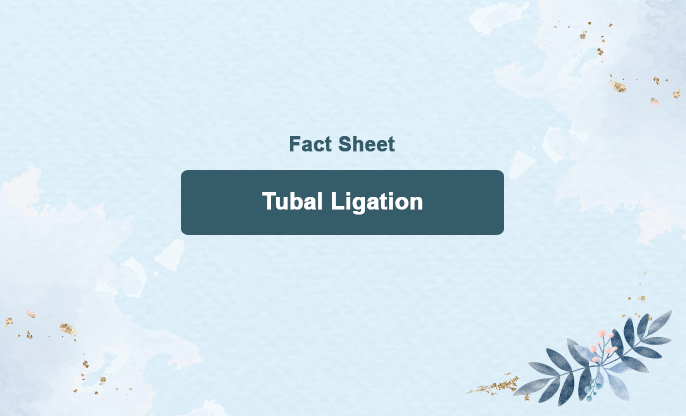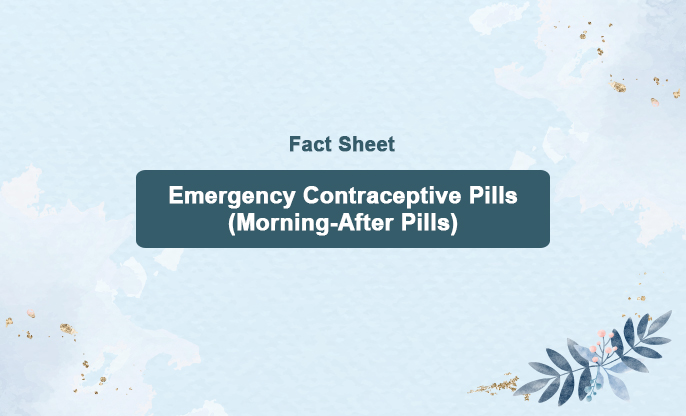
A vasectomy is a permanent male sterilization procedure that involves interrupting the flow of sperm by cutting or sealing the vas deferens. A vasectomy, also known as male sterilization, is a permanent contraceptive method. The procedure prevents sperm from being ejaculated during sex. It is typically performed under local anesthesia and takes about 30 minutes. Some pain or discomfort is common for 1 to 2 weeks following the procedure. A vasectomy does not prevent the transmission of sexually transmitted infections (STIs). To protect yourself and your partner from STIs, including HIV, use a condom every time you have sex.
A vasectomy is a permanent form of contraception and may be suitable if:
You already have children and do not want any more.
You do not wish to have children at all.
A vasectomy is generally a very safe procedure, with serious side effects being rare. Potential side effects include:
Mild bruising and swelling of the testicles, which should subside as the scrotum heals.
Small, harmless yellow lumps (sperm granulomas) on the scrotum, which usually resolve on their own. Anti-inflammatory painkillers like ibuprofen can help alleviate pain from granulomas.
Infection, which requires treatment with antibiotics.
How does this work?
A vasectomy works by blocking or cutting the vas deferens, the tubes that carry sperm from the testicles to the urethra. Here’s how it functions:
Procedure: During the procedure, the doctor makes small incisions or punctures in the scrotum to access the vas deferens.
Cutting or Blocking: The vas deferens are then cut, tied, or sealed to prevent sperm from mixing with semen.
Healing: The incisions are closed, and the procedure is completed, typically taking about 30 minutes under local anesthesia.
Post-Procedure: After a vasectomy, sperm produced by the testicles is absorbed by the body instead of being ejaculated.
Effectiveness: It takes several weeks to months for all remaining sperm to clear from the vas deferens. Follow-up semen tests are needed to confirm the absence of sperm.
Key Points:
Permanent Contraception: A vasectomy is intended to be a permanent method of birth control.
No Effect on Sexual Function: The procedure does not affect the production of testosterone, ejaculation, or sexual function.
Protection Against Pregnancy: Once sperm is no longer present in the semen, the vasectomy effectively prevents pregnancy.
No STI Protection: A vasectomy does not protect against sexually transmitted infections (STIs); condoms are still necessary for STI prevention.
By blocking the pathway for sperm, a vasectomy ensures that sperm cannot reach the egg, thus preventing fertilization and pregnancy.
Efficacy:
A vasectomy is an extremely effective method of contraception, with a success rate exceeding 99%.
Usage duration recommended:
It’s a 30 minutes procedure and it takes several weeks to months for all remaining sperm to clear from the vas deferens. Follow-up semen tests are needed to confirm the absence of sperm.

